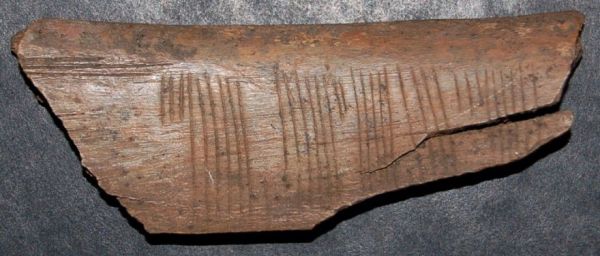Same Story, Different Day! ...
Carolina Naturally is read in 195 countries around the world daily.
Don't forget to visit our sister blog: It Is What It Is
Some of our readers today have been in:
The Americas
Pikangikum,
Templeton, Ottawa, Lansing, Vancouver, North York, Sioux Lookout,
Vaughan, Britannia, Byward Market, Toronto, Genesee and Whitby, Canada
Mexico City, Ecatepec, Puebla De Zaragoza and Xico, Mexico
Palatka, Slidell, Puyallup, Ambler, Pocatello, Temecula and Waukesha, United States
Lima, Peru
Tipitapa, Nicaragua
Posadas, Argentina
Europe
Kalisz, Gdansk and Lodz, Poland
Moscow and Ryazan, Russia
Budapest, Hungary
Cavallino, Ravenna, Cagliari, Milan, Ivrea, Rome and Verona, Italy
Luzern, Switzerland
Cadiz, Magala and Madrid, Spain
Rouen, Saint-Amand and Boulogne-Billancourt, France
Oslo and Bergen, Norway
Manchester and London, England
Helsinki, Finland
Amsterdam, Netherlands
Luxembourg, Luxembourg
Oberlughausen, Schlebuschrath, Nuremberg and Aalen, Germany
Neuchatel, Switzerland
Dublin, Ireland
Ostrava, Czech Republic
Chaleroi, Belgium
Sarajevo, Bosnia and Herzegovina
Oradea, Romania
Zhovti Vody and Kiev, Ukraine
Reykjavik, Iceland
Varna and Sofia, Bulgaria
Riga, Latvia
Pancevo, Serbia
Karlskrona, Sweden
Helsinki, Finland
Tallinn, Estonia
Asia
Beirut, Lebanon
Hanoi, Vietnam
Nablus, Palestine
Port Louis, Quatre Bornes and Curepipe, Mauritius
Riyadh and Buraydah, Saudi Arabia
Jakarta, Tnagerang and Medan, Indonesia
Thiruvananthapuram, Bhubaneshwar, Shillong, Bikaner, Dehra Dun, Mukerian, Mumbai and Dhanbad, India
Ipoh, Kuala Lumpur and Kajang, Malaysia
Colombo, Sri Lanka
Nura, Japan
Seoul, Korea
Rawalpindi and Karachi, Pakistan
Takestan, Iran
Rangoon, Burma
Haifa, Israel
Pavlodar and Astana, Kazakhstan
Sanaa, Yemen
Bangkok, Thailand
Africa
Ankpa, Nigeria
Johannesburg, Centurion, Pretoria and Cape Town, South Africa
Ouagadougou, Burkina Faso
Douala, Cameroon
Pacific
Quezon City and Pasig, Philippines
Perth and Homebush, Australia


















